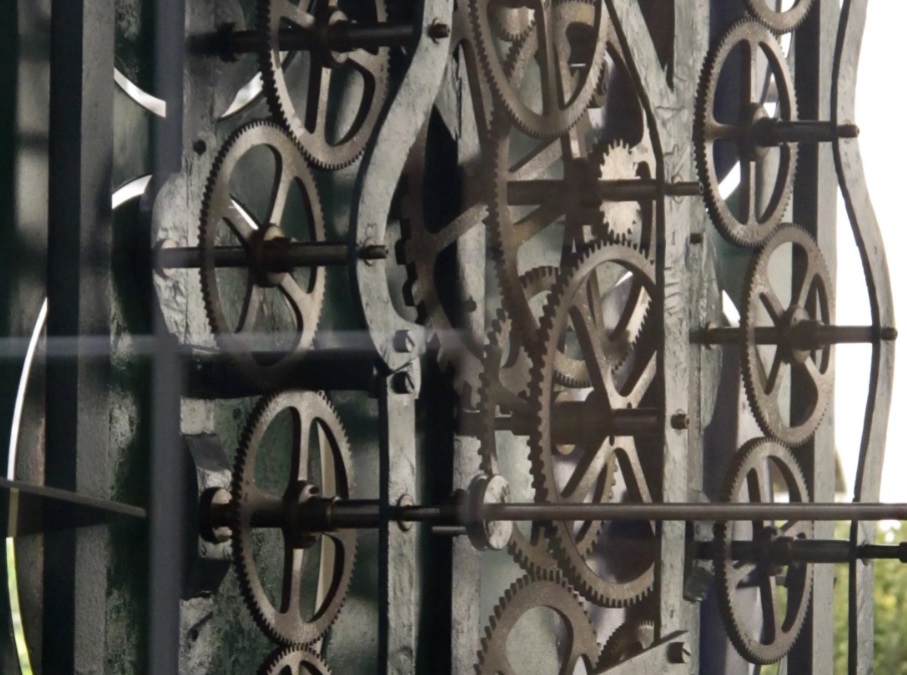
Time never stops nor waits for anyone. The sun rises and falls every day. And as humans coexist in a society, we have to find a way to communicate time to understand and work with each other. One such method to tell time, which is considered universal and used in many countries around the world, is using the AM and PM abbreviations. But what do AM and PM mean, and how do we use them to tell the time? Let’s find out!
What do AM and PM stand for?
The abbreviations AM and PM are used in the 12-hour time system. Where AM stands for ante meridiem, which is Latin for “before midday”, and PM stands for post meridiem, which means “after midday”.
These abbreviations can be written in both uppercase and lowercase, with or without periods, such as “am” and “pm”, “AM” and “PM”, or “A.M.” and “P.M.” That said, the widely used and official way to write time is in lowercase, with a period after both letters and a space placed in the middle after the numbers. For example, 6.05 a.m.
The origin of the 12-hour system
The origin of the 12-hour time system could be traced back to the Mesopotamia era and Ancient Egypt. Indeed, people divided time into two periods, namely twelve hours during the day and twelve hours at night. In the daytime, they used an Egyptian sundial to tell the time. Then using an Egyptian water clock to tell the time at night. The Romans also use this system, with the difference in that they divided daytime into twelve equal hours and nighttime into four segments instead.
The 12-hour time system started to become more mainstream during the 15th – 16th centuries in Northern Europe. From then on, it became the main way to tell time for people. Nowadays, almost all analog and digital clocks use this system due to its convenience.
How does the 12-hour time system work?
The 12-hour time system divides the time in a day, which has 24 hours, into two equal parts of 12 hours each. The time is represented by numbers 1 – 12, where 12 is the start (can be counted as 0) followed by 1 – 11.
The counting of time will begin with a.m. at midnight, which is usually written as “12.00 a.m.” or “12 midnight”, then continues to 11.59 a.m. When the time reaches noon it changes to p.m. and is written as “12.00 p.m.” or “12 noon”. Thereafter, it would continue until 11.59 p.m. and switch to a.m. at midnight. Then the cycle of time will continue in this pattern.
The 12-hour time system has some advantages over the 24-hour time system. Namely, it is the universal time system known all over the world, which makes it possible to read the time no matter where you are in the world. Also, making a 12-hour time system clock can be a bit easier and less expensive than a 24-hour time system clock.
How to read the time written in AM or PM?
To read the AM/PM time format, you just need to read the numbers in sequence, followed by pronouncing a.m. or p.m. For example;
- 08:00 a.m. would be pronounced “Eight a.m.”
- 04:35 p.m. would be pronounced “Four thirty-five p.m.”
If the number in the minute part has a zero (0) in front of the number, it will be pronounced as “oh” instead. For example;
- 10:05 a.m. would be pronounced “Ten-oh-five a.m.”
- 07.09 p.m. would be pronounced “Seven-oh-nine p.m.”
However, reading time at midnight (12.00 a.m.) and noon (12.00 p.m.) are different from reading normal time. To prevent confusion whether it’s noon or midnight, the words “noon” and “midnight” will be used instead of a.m. or p.m.
- 12.00 a.m. would be referred to as “Twelve midnight” (or just “midnight”)
- 12.00 p.m. would be referred to as “Twelve noon” (or just “noon”)
That said, you do not always need to include a.m. or p.m. every time if the sentence has already clearly implied or mentioned the time period, especially when using it in informal speech. For example;
- “You have to wake up at 7 (a.m.) if you want to go to school on time.”
Going to school is an activity that is normally done in the morning, so you do not need to pronounce the word a.m. in that sentence. - “John can’t hang out with us tonight, he has to return to his family for dinner at 7 (p.m.).
With words like “tonight” and “dinner”, we can safely assume that the 7 in this sentence means 7 p.m.
Alternatively, instead of saying a.m. or p.m., you can use words such as “in the morning”, “in the afternoon”, “in the evening”, or “at night”.
Now that you understand how to use the 12-hour time system in your sentences, you will not be confused when you have to read and tell the time using a.m. or p.m. anymore.